Table of Contents
The procurement maturity level reflects how well a company or a system inside a company is doing, as well as its potential to improve through time. As a consultant, you may deal with businesses having several divisions at varying stages of development.
Many clients have difficulty articulating exactly what is wrong and what they want done. They frequently discuss symptoms rather than fundamental problems, such as flat sales, declining margins, or rising receivables. As a result, the consultant generally bears the brunt of the project scoping responsibility.
Consulting Procurement Organizations should strive to achieve a high degree of maturity, where the team uses best-in-class techniques and results in considerable efficiency advantages for the Procurement group and the firm as a whole. However, before an organization can chart its course to greatness, it must first assess its current position on the Consulting Procurement Maturity Grid.
Understanding where you started on your Consulting Procurement Journey is almost as critical as figuring out where you want to go.
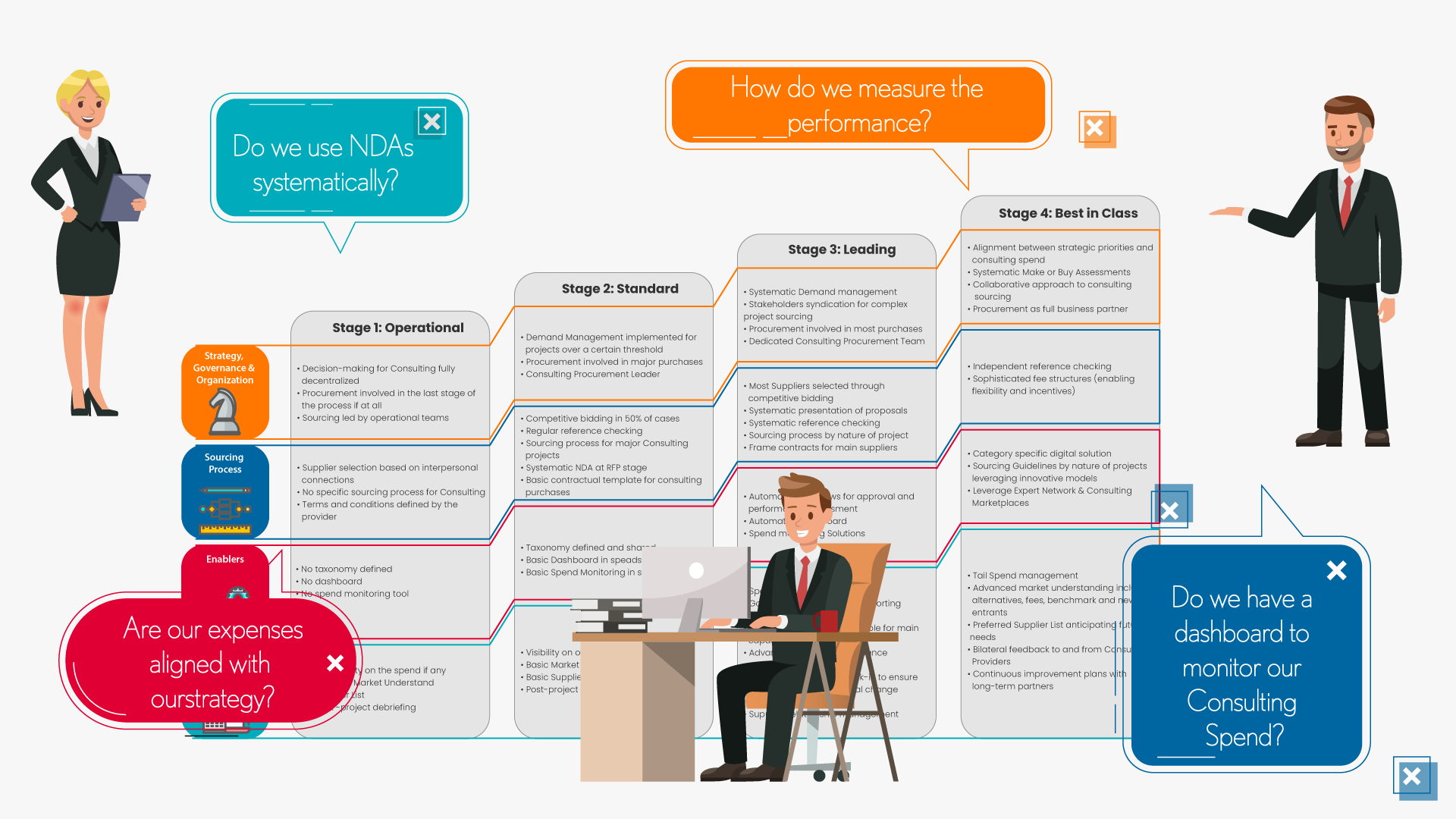
What is a capability maturity grid?
A maturity grid, also known as a maturity model, is a tool used to measure an organization’s progress toward a goal.
The left-hand column of the grid, which is a matrix with rows and columns, usually includes the criteria that will be examined. The columns in each column’s corresponding row define, in a few words, the usual behavior of an organization at each phase of development. A maturity model typically includes 10 or fewer rows, with the first row indicating the entry-level and the last row defining fully evolved best practices.
Maturity grids can be used to offer an initial benchmark for how near an organization is to be “completely evolved” in terms of the criteria being examined. They can also be used to facilitate talks and provide a path for management to follow.
The criteria that will be examined are usually listed in the left-hand column of the grid, which is a matrix with rows and columns.
Perhaps you’ve come across the term ‘maturity assessment score’ in the sales and marketing departments… But you’re uncertain what it is.
Let’s get it straight!
A maturity assessment is simply a resource for the user that helps suggest whether a particular solution or strategy is suited for them depending on the responses they supply.
It’s a discovery tool for the company that helps better qualify prospects based on their replies in the assessment — to check whether they’re “ready.”
Another example: The US Department of Defense financed the development of the Capability Maturity Model. It resulted from an investigation of the business practices and performance of a large number of private enterprises that contract with the military in various ways.
- Level 1 – Initial
- Level 2 – Repeatable
- Level 3 – Defined
- Level 4 – Managed (Capable)
- Level 5 – Optimizing (Efficient)
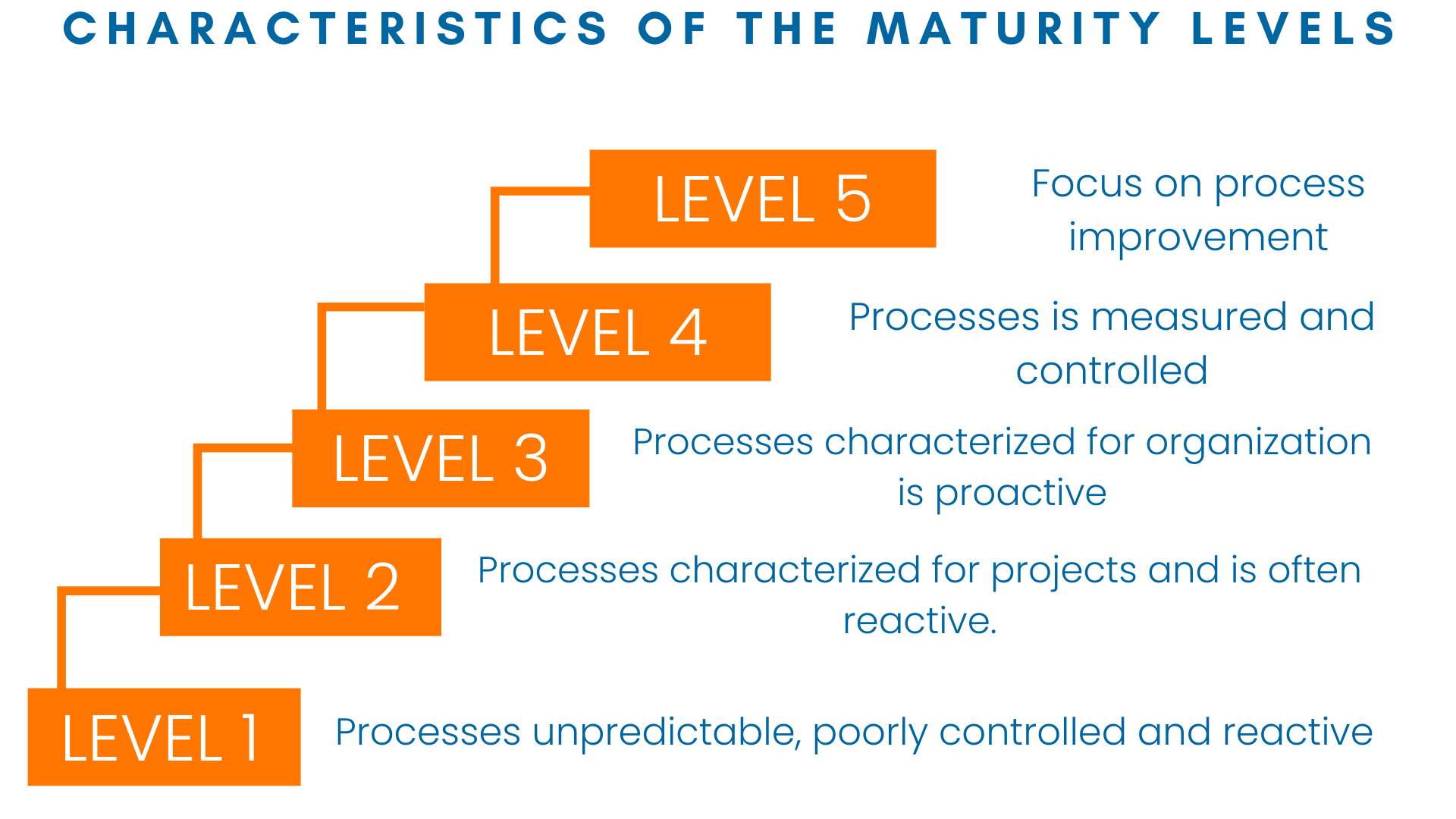
What is The Consulting Procurement Maturity Grid?
The Consulting Procurement Maturity Grid was created to help businesses in determining where they are now, where they should go in the future, the value of doing so, and how to get there.
The maturity grid touches upon four key areas that are essential to Consulting Procurement:
⇒ Strategy, Governance & Organization:
Strategy refers to the overall plan for how the organization will achieve its goals. Governance is the set of formal rules and structures that guide decision-making within the organization. Organization describes the way that teams are structured and managed within the company.
Each of these areas is essential for achieving consulting excellence. The maturity grid explores how the decisions are made when buying consulting services, who is involved and how consulting supports the strategy.
For example, at the highest level of maturity, you will find a collaborative approach to consulting sourcing and systematic make-or-buy assessments.
In order to reach the highest level of consulting procurement maturity, organizations must have a clear and well-executed strategy, strong governance structures in place, and a well-organized workforce.
⇒ Sourcing Process:
The sourcing process describes how goods and services are purchased from scoping to contracting. This dimension explores not only the adequacy of the process to the volume of consulting projects handled, but also the different steps within the process.
The first phase in the sourcing process is scoping, which involves defining the project’s parameters and identifying key stakeholders.
The selection of the consulting firm that best fits the project’s needs is part of the second step, which is called sourcing.
The third stage, contracting, includes describing the terms of a contract with the consulting firm.
Transferring is the fourth and last step, which entails handing over the project to the consulting firm and ensuring that they have all of the resources necessary to execute the project effectively.
Internal stakeholders may have difficulty articulating their objectives, or they may be unclear about the process. As a result, the consulting process can be inefficient and frustrating for both parties. By having a well-designed process in place, consultants can improve communication and ensure that everyone is on the same page.
This can lead to more efficient projects and happier clients. In addition, a well-designed process can also help to improve satisfaction levels among internal stakeholders. For example, at a high-level of maturity, companies will have a sourcing process differentiated by the nature of projects that could be strategic or non-strategic. Most suppliers will be selected through competitive bidding and their references will be checked systematically.
⇒ Enablers:
Enablers are essential for success in every sector, including consulting. The enablers are those little things that must be in place for an organization to move up the consulting procurement maturity grid. Without these enablers, an organization will either not be able to take advantage of opportunities or be at a disadvantage compared to its competitors.
The enablers can be manuals, guidelines, and systems from taxonomy to digital solutions, there is a range of enablers that may assist make consulting more efficient and productive.
Data may benefit from taxonomy’s organizing and classification, which will make it simpler to find and use. Data exchange and operation automation can both be facilitated by digital technologies. These two enablers may both improve the efficacy and efficiency of consulting.
But they must work together in synergy; if one enabler is not aligned with the rest of the corpus or not working well, it will drag down the performance of the consulting procurement capability as a whole.
Furthermore, these enablers can aid in improving consultant-client communication. Consultants may improve their services and outcomes by utilizing these enablers.
⇒ Category Management:
Category management is a strategic process-based approach that “focuses on the vast majority of an organization’s spend on goods and services with third-party suppliers”. In application to procurement and supply management (P&SM;), category management refers to organizing the resources of the procurement team to focus on the organization’s supply market (as opposed to internal customers or departmental functions) in order to fully leverage purchasing decisions.
Category management process involves segmenting the main areas of organizational spend into discrete groups of products and services according to their function. Category management has been mostly successful in large product categories. Smaller traders usually do not have the structure and resources to implement it.
For each one of these areas, the grid defines what policies, methodologies or tools a company uses at a given level of procurement maturity described.
The most advanced consulting procurement groups will implement all the best practices of category management for the consulting category. It could be tail spend management, or bilateral feedback to and from consulting suppliers.
“Consulting Procurement Capability, like any other sector, is being developed in phases. Today, you can quickly measure your company’s procurement capability maturity and work to enhance it. Any business may achieve a better standard and achieve success with Consulting Procurement Capability.”
How is the consulting procurement maturity score of a company defined?
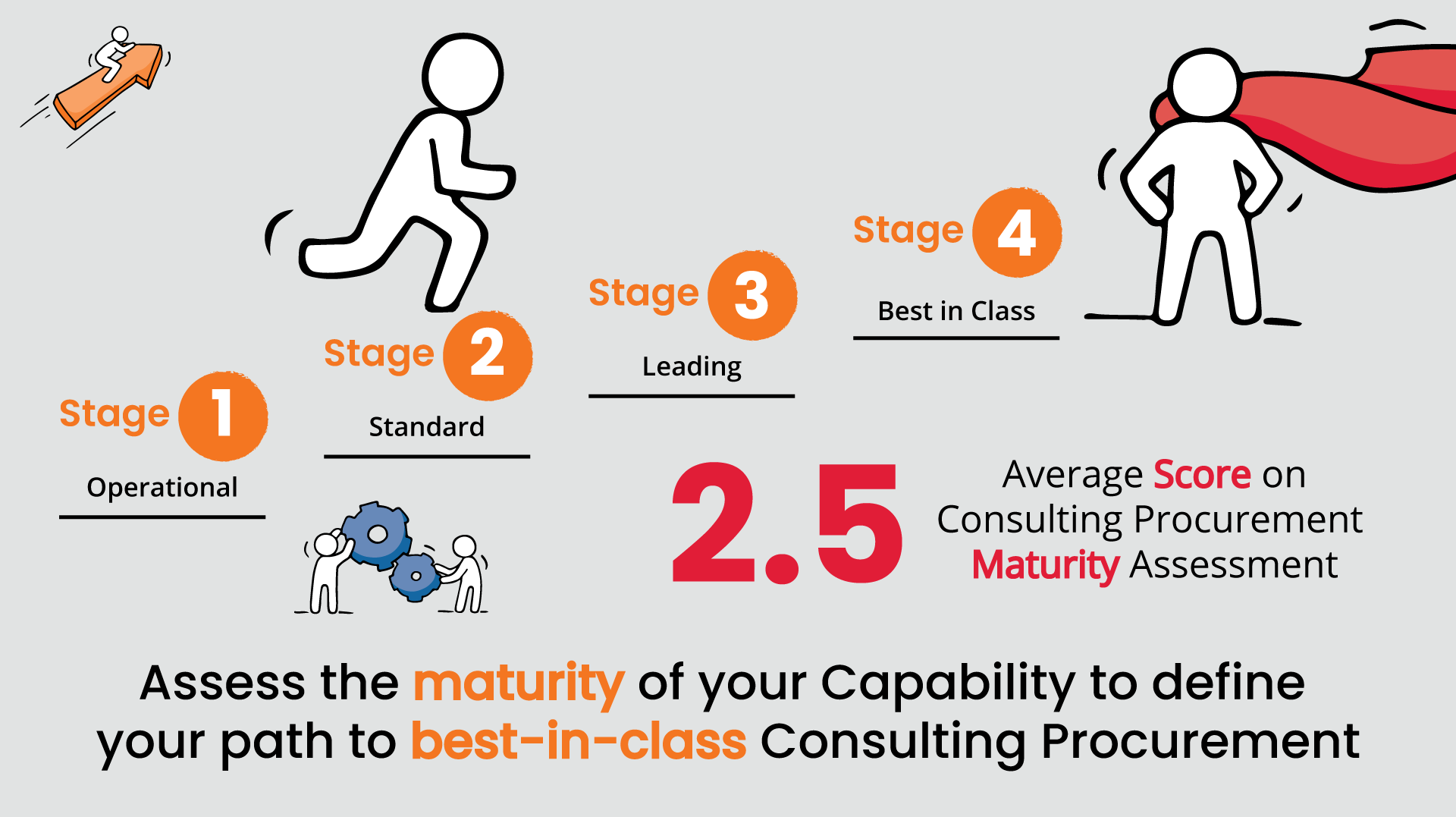
The procurement maturity score of a company is defined by its ability to successfully execute complex consulting and procurement projects. The score is based on a maturity grid that takes into account a company’s experience, size, geographical location, and industry sector.
The grid is used to assess a company’s readiness to undertake specific types of projects. A company with a high consulting procurement maturity score is likely to have a successful track record in delivering similar projects and will be able to handle the complexity of a project.
A company with a low consulting procurement maturity score, on the other hand, may be less experienced and may not have the resources or capabilities to successfully complete a project.
The consulting procurement maturity score of a company is an important factor to consider when selecting a provider for a consulting or procurement project. The score on the maturity grid is calculated through an assessment based on a list of questions that offers for each key dimension the different options.
Each option corresponds to a level of consulting procurement maturity. For instance, an option at level Operational will score 1, Standard will score 2, Leading will score 3 and Best-in-Class will score 4.
At the end of the survey, a company will get the average score on all the options and dimensions which will be its consulting procurement maturity score.
Take the survey to find out where you stand, and leave your email for your personalized results.
What are the various Levels of Consulting Procurement Maturity in organizations?
If we talk about levels of Maturity, we are talking about the organization and what level is that particular organization at
1. Operational:
Consulting Services are not covered by defined processes in an operational organization. The majority of the time, consulting spend is dispersed and sourced by operational teams. As a result, the business only has a limited view of Consulting Expenditure and does not employ a dashboard or spend monitoring tool for Consulting.
If at all, the Procurement Group is involved at the end of the process. The teams have a poor understanding of the consulting industry and are frequently focused on local players.
Suppliers are chosen based on personal contacts, and the provider sets the terms and circumstances.
The Consulting Category is poorly handled, and there is a lot of room for savings and development.
2. Standard:
A Standard Organization has begun putting protocols in place to handle the large Consulting project. A basic dashboard in a spreadsheet is used to track overall consulting spend on a regular basis.
For initiatives that exceed a specific level, demand management is done. Procurement is engaged in significant acquisitions, and there is a designated Consulting Procurement Leader. Despite their little knowledge of the consulting market, the teams are able to organize competitive bidding in 50% of the projects and demand references throughout the RFP Process.
They implemented a comprehensive NDA throughout the RFP stage and established a baseline Contractual form for Consulting purchases. To manage the relationship, they conduct post-project debriefings with the provider.
The company recognizes the importance of consulting sourcing management.
As Consulting Procurement Capabilities improve, the strategic value gap begins to close. Teams get an awareness of the Consulting Market’s unique characteristics.
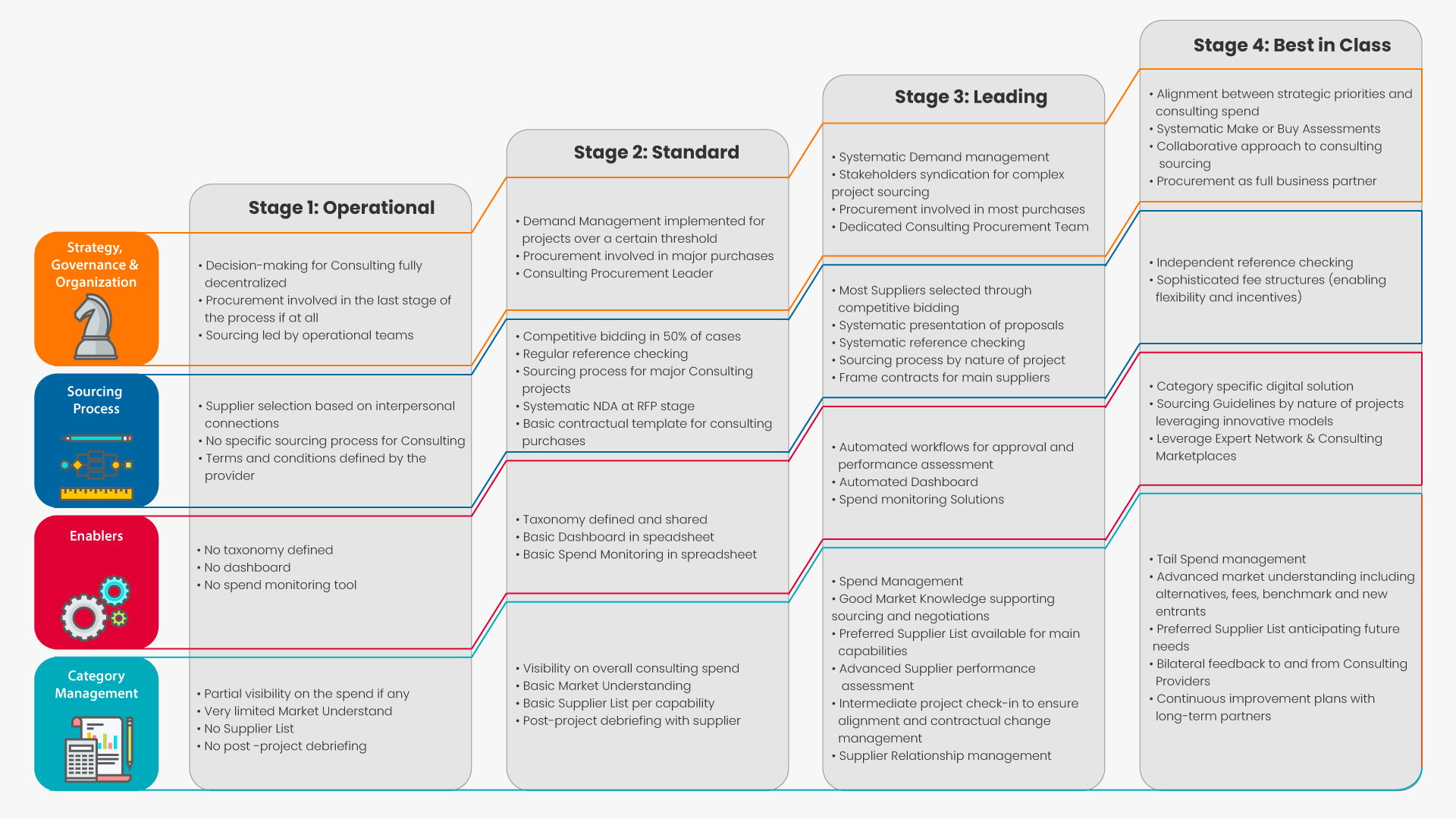
3. Leading:
The Leading Organization has established a strong Consulting Services Category Management. Stakeholders are assembled for complicated projects to guarantee alignment and buy-in. A professional Consulting Procurement Team supports sourcing and negotiating with fundamental market knowledge. The majority of purchases involve procurement.
The majority of suppliers are chosen through competitive bidding, which includes a methodical presentation of the most attractive bids as well as reference checks. For the primary suppliers, the Consulting Procurement team employs frame contracts.
The company has implemented project-specific sourcing processes as well as systematic demand management. For the key Capabilities, a Preferred Supplier List is offered.
The Procurement team has created a Performance Management System that includes intermediate project check-ins to assure alignment, contractual change management, and advanced post-assignment performance evaluations (expertise, posture, ROI, etc.).
The company has implemented automated procedures for approval and performance evaluation, as well as an automated dashboard and cost tracking.
The company is one step away from having a fully developed Consulting Sourcing Capability. The strategy framework for achieving this has been completed, and the company is ready to move on to the next step.
4. Best-in-class:
A completely mature Consulting Procurement Capability has been built by a Best-in-Class Organization. The Consulting Spend and Consulting Sourcing Strategy are in line with the organization’s strategic aims. The Consulting Category recognizes procurement as a complete business partner.
To guarantee alignment with the plan and keep spending under control, the teams conduct systematic make or buy assessments and staffing. Consulting sourcing is done in a collaborative manner.
The teams now have a comprehensive grasp of the market, including alternatives, benchmark fees, and new entrants. They’re using a complex fee structure (with incentives and flexibility) and frame contracts.
They manage their suppliers’ performance with long-term partners through rigorous performance assessments and on-going improvement strategies.
To promote objectivity and exploit benchmarking, they use a third-party performance measure and reference checking.
With its long-term partners, they have implemented continual improvement programs.
They are in charge of Tail Spend and manage a dynamic Preferred Supplier List that anticipates the organization’s future demands.
They’ve implemented Category Specific Solutions and created sourcing standards based on the nature of the projects’ innovation models. Micro-projects are handled through the Experts Network and Consulting Marketplaces.
The Consulting Sourcing Capability has reached the pinnacle of consulting procurement maturity. The most important benefits of managing the Consulting Category are now apparent to the company. The project’s return on investment and internal satisfaction have both improved. The procurement team is now seen as a key partner for the category, and consulting costs are under control.
How to use the consulting procurement maturity grid?
“The road to develop a mature Sourcing Capability begins with the mobilization of the company, as it does with every transformative endeavor.”
The best-in-class consulting procurement maturity level should be the final goal for major firms on their transformation path.
Strategic Sourcing, Demand Management, and Category Management are all terms they’re already acquainted with. They spend hundreds of millions of dollars on consulting projects each year and could save a lot of money and enhance quality by using best-in-class consulting procurement processes.
Mid-market companies with annual consulting budgets of $5 million to $30 million should aim for a consulting procurement Maturity Level between Leading and Best-in-Class or rely on third-party services to go the additional mile.
The Leading consulting procurement Maturity level is a good place to start for smaller businesses with annual revenues of less than $5 million. The Consulting Category can be included as part of a larger effort on the complete Procurement Scope if the organization has not yet implemented Category Management.
The Consulting Procurement Maturity must be seen in the context of the broader Procurement Organization Maturity, which takes into account people and processes in particular.
The Consulting Category is a subset of indirect procurement, and all enhancements to the Procurement Capability as a whole can only benefit the Consulting Category.
Consulting is frequently one of the most important indirect procurement categories, but its unique characteristics, which are tied to the Consulting Market’s diversity and complexity, as well as the intangibility of the services offered, have made it the most under-managed as well.
Building a mature Consulting Procurement may not only assist your Procurement Organization by optimizing expenditure and bringing in significant OPEX savings, but it can also help business leaders create more value via consulting, which will boost your position at the C-level table.
What’s next for you?
The goal of the grid is to define where you stand and set up your goal. But what’s on you is to build the path for your transformation.
Consulting can add a great deal of value to your firm but using and procuring consulting services requires maturity. In order for consulting to be effective, five organizational variables must be in sync, according to our opinion.
1. Convince your management that Consulting is a key accelerator
Consultants are often despised by executives. The majority of the time, it is because they do not recognize the value that consultants provide to their company. When working with consultants, you must assist your management comprehend what they get from consulting and how to apply it to the benefit of your company. Let’s focus on the most common reasons.
They don’t always understand what Consulting is:
This isn’t a joke. Some Executives have never dealt with consultants before. Some businesses do not use consultants on a regular basis. Some parts of the world are less used to consulting. Some departments inside a company are less likely to collaborate with consultants.
They don’t understand how consulting creates value:
They may believe they have the necessary resources in-house to do the task, or that consultants are simply repeating what they told them and lack experience. Only 35% of Executives feel the consulting companies they’ve worked with have contributed more value than they received in fees, according to Source Global Research. Superior value creation does not always imply high-quality consultancy.
Working with consultants makes them feel like they’re admitting they can’t do their job well.
This is true in certain circumstances. You hire consultants because you lack the necessary skills and knowledge in-house, or your project is moving too slowly. Is this, however, necessarily a sign that you’re not doing your job properly?
You may face significant internal pushback depending on how top management presents the Consulting Team (and how it will engage with internal stakeholders).
However, not taking such activities might be a concern.
2. Define the right processes
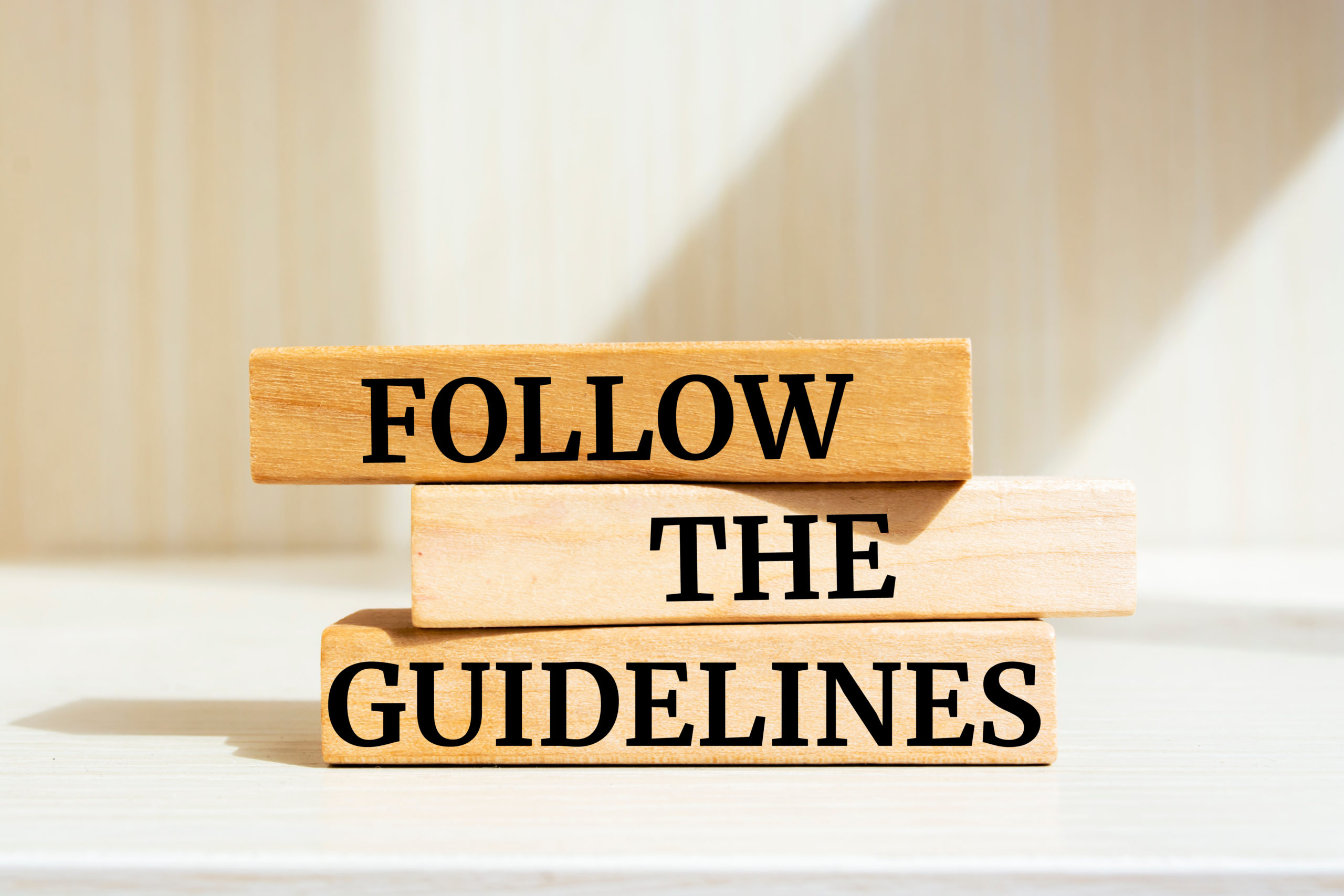
You must define the appropriate processes when your teams are ready to accept consulting. When dealing with consultants, there are various procedures to consider: decision-making, sourcing, and project management.
Setting up a performance assessment system and implementing Category Management for the Consulting Category are the best ways to analyze the performance of both your business and your providers.
Make sure your decision-making process is well-defined:
The ability to create value through consulting relies heavily on the decision-making process. When it makes more sense to you, you want to spend your money. Your method must provide the correct value while minimizing labor and irritation.
The key is to fine-tune decision-making procedures in relation to the strategic value and cost of initiatives. That involves, for example, determining the appropriate threshold below which projects undergo a simplified and speedier procedure (fewer stakeholders, lower validation, little or no mandatory competition).
Polish your sourcing process:
Your consulting sourcing method must be consistent with your sourcing procedures. Keep in mind the unique characteristics of the Consulting category, which necessitates strong communication between Procurement and the business lines.
Establish a project management procedure:
You’re in a unique scenario when you outsource projects to external consultants: you have two project managers, one internal and one external. The basic elements, however, remain the same. You must establish governance, establish KPIs, create a timeline, and conduct frequent evaluations. Of course, you may request a governance model from the consulting team.
You most likely have a project leader and a project sponsor on this note. Separating the governing bodies for implementation and steering could be a good approach.
Evaluation of performance:
To maintain the quality of your panel, you must evaluate the performance of your consulting providers. You must implement a simple, user-friendly system that is methodical and, preferably, linked to your vendor management system.
Share the findings with various stakeholders to get their support for the system, and use the information to develop improvement strategies and manage supplier relationships.

3. Build the right organization
You now have the essential building blocks to create value, but the most crucial component of the system is still missing: people. There is no one-size-fits-all solution organization setup that will provide you with all of the benefits; rather, there are many choices to consider and balance in order to discover the optimal compromise for your unique situation.
(DIY) Do-It-Yourself:
This is the simplest method for small and medium-sized organizations to implement (but not necessarily to get the best results). For companies with a tight budget, we suggest it. Executives will conduct procurement from start to finish without the assistance of the procurement function.
The senior management team can oversee and decide on a few key projects, while initiatives beneath a particular threshold will be in the hands of the project sponsor. If you want to avoid surprises, your rules must be exceedingly explicit and well-written.
With the assistance of a specialized Consulting Procurement maturity insights (part- or full-time):
If managing Consulting Projects is a strategic goal and the number of projects is significant, you may want to consider hiring a part-time or full-time employee to assist with Consulting Projects.
This option gives you greater control over how projects are evaluated and managed. Additionally, the dedicated focal point will be able to enhance their consulting skills and provide more advanced advice to your employees.
This strategy necessitates extremely well-defined processes and great communication between procurement and business executives. Keep in mind that there is a narrow line between giving Procurement too much control and giving business executives too much influence.
Your procurement may be limited if the projects are too complicated or uncommon. Consider putting together multi-functional teams to go over the RFP and proposal.
Bringing the best of both worlds together:
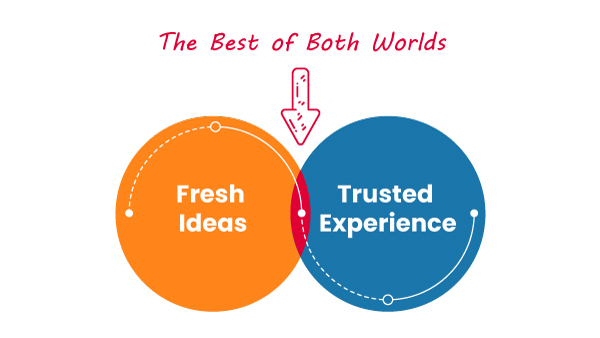
For companies with a high consulting budget, the ideal solution is to build a consulting team and incorporate some sort of control into the process for selecting critical projects.
Combining previous consultants with procurement experts may provide you with exceptionally solid foundations to build on and help you avoid some typical errors.
A specialized consulting team may also begin measuring performance, negotiating frame contracts, obtaining volume rebates, developing improvement strategies, and identifying synergies. At the same time, decision-making will be centralized, allowing you to concentrate your efforts and resources on the most important tasks.
Some dedicated Consulting Procurement teams follow traditional procurement best practices to the letter. Don’t get us wrong: we think this is great. You will receive the outcomes you deserve if the best methods are applied to the incorrect concepts.
Make use of outside experts:
Another option for organizations that want to add value through consulting but don’t want to develop particular structures is to hire external consulting firms to help them. Using specialist organizations with distinct expertise dedicated to Consulting Procurement in the same manner that some firms are outsourcing their Organizational Effectiveness Function to external consultants.
These firms may assist with everything from sourcing to specific projects to setting up a whole performance management system. They can work with current procurement teams to assist with sourcing and scoping while the procurement teams manage the relationship and negotiations, depending on the scenario.
4. Hire the right people
If you’ve agreed on an organizational idea, you’ll need to hire the right people and discover the correct incentives to ensure that the strategic priority of value generation is met. Sourcing Consulting is a difficult task. Your teams should have a mix of abilities in sourcing, consulting, project management, and business.
Identify important personnel:
Managing consulting is not a simple task. Executives must be well-versed in procurement and consulting processes.
– Procurement skills
The person in charge of the Consulting Procurement has obviously some Procurement background. S/he needs to have a good understanding of the concepts of Strategic Sourcing, Negotiation and Category Management. Besides, s/he also needs to master the traditional buyer skills: scoping, sourcing, negotiations and provider relationships.
– Business skills
To assist various segments of the company in scoping their needs and determining the priority of their projects, s/he must first grasp the business dynamics and the limits of each function.
– Consulting knowledge
Beyond the knowledge of the market, the Procurement executive has to master the benefits and limitations of Consulting as a tool. What can Executives get out of Consulting in a given situation? And what will not be obtained through Consulting?
Besides, Procurement Executives are ideally placed to challenge the project sponsor and project leader on the scope and the phasing of the projects if the company culture permits.
– Project management skills
Finally, Consulting projects have to be organized and monitored like other projects. Procurement Executives help their internal clients to implement project management best practices for Consulting projects. Making sure to have the right stakeholders involved from the start, to put project governance in place, to lead mid-assignment reviews for long projects and make sure they are still on track.
Tip : Rather than trying to find the rare bird understanding all capabilities and with a procurement background, try to find one that ticks most of your requirements, and build a network of executives in the company that can be solicited on specific topics.
Create an appropriate reward system:
But to get the best right talent, and keep them, you need to have the right incentives. Many Companies compensate their Procurement Executives on the savings made. It encourages buyers to go for the lowest bid, rather than the best bid, or to get involved only on the last phase of the sourcing, negotiations.
Never underestimate the importance of bonuses to explain the behaviors of people in an organization. Even though one could challenge the logic of focusing the energy on 20% of your compensation this is usually the driving incentive for many executives.
As a way to stress the importance of quality, most automotive manufacturers have included at some point Quality, Customer feedback and third-party feedbacks (i.e., JD Power) as part of the key indicators driving collective bonuses.
Therefore, their incentives should be in line with your Strategy and your ambitions. You want to increase the quality of your consulting providers? Link their compensation to the performance of the suppliers and the satisfaction of their internal clients.
You want to reduce your costs as a company? Add a team incentive on the cost reduction goals to individual incentives. You want to make sure that everyone respects the new rules? Add process compliance to your KPIs and integrate it into the incentive calculation.
5. Emphasize collaboration
Collaboration between your teams is critical to the success of any Consulting project from start to finish. A culture that encourages project management and teamwork will help your Consulting projects succeed.
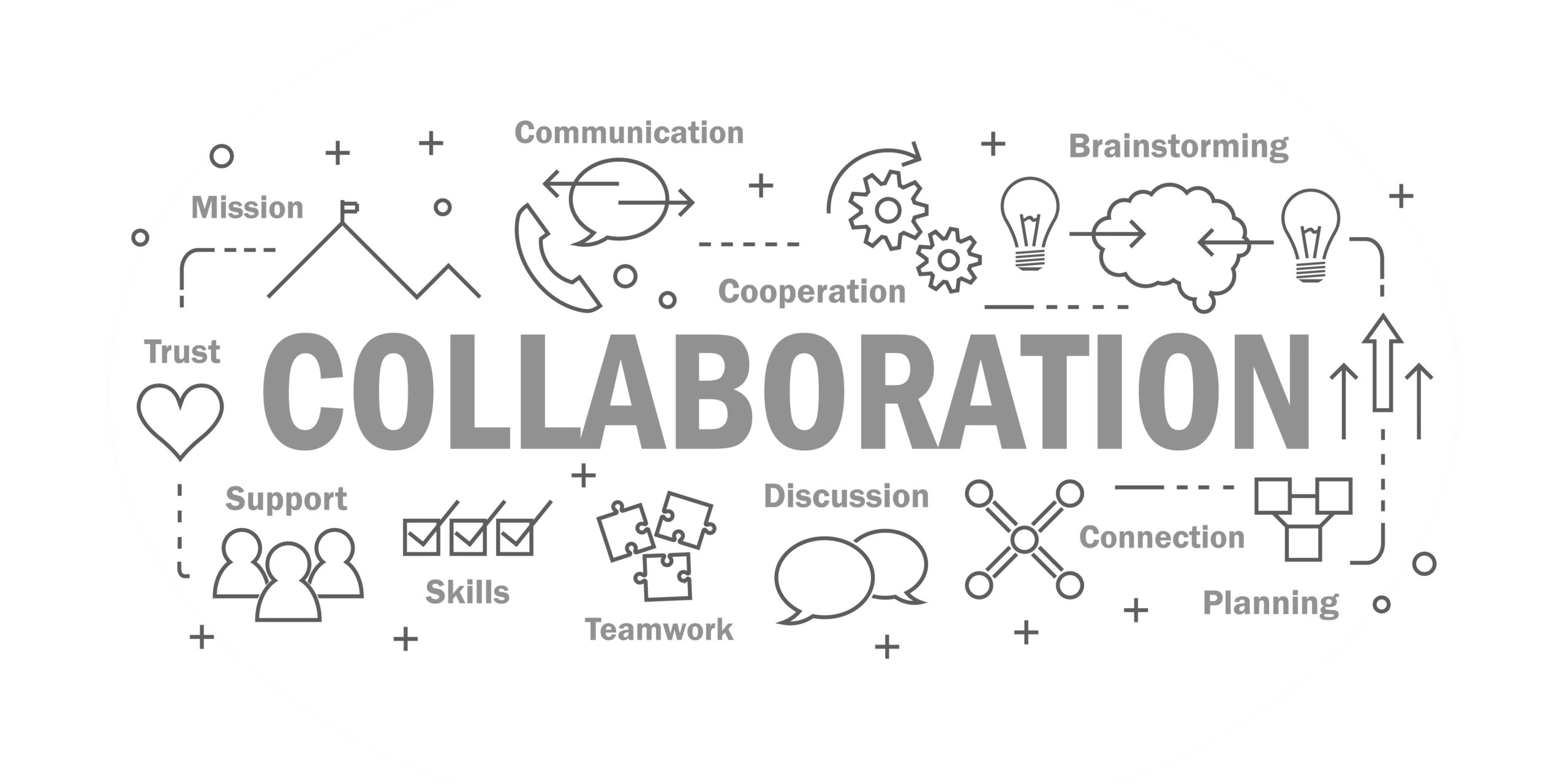
Encourage cross-functional collaboration
Like Consulting, intangible services are complicated to handle because the knowledge to drive the procurement process from strategy down to sourcing and vendor management lies in different hands.
You will need the strategy and/or transformation team to remind the strategic goals and transformation roadmap, align the different teams, and help define a project’s strategic value.
Finance, too, has to be involved in bringing their perspective on the budget, monitoring the Consulting expenses, defining the thresholds, tracking the benefits, and ensuring the proper accounting classification.
Of course, Procurement has to be part of the game to bring their sourcing & category management best practices, analyze the market, build the list of potential providers, and check references.
Functions should be involved and bring specific expertise and market knowledge when sourcing significant projects.
Finally, the Business Lines will be there to translate Strategy into projects, define scope, manage projects, and give feedback.
At each step of the process, you will need two or more of these functions to be involved. Encourage cross-functional collaboration and establish Multi-Functional Teams so people will seek the support of other functions and smooth the process. Besides improvement, projects in a given area can trigger ideas for other departments or business lines.
Establish a project culture:
Finally, you will need a project culture. Projects outsourced to consultants have to be handled like any other project internally, but also, and maybe more importantly, you need to make sure that the outcomes of a project will fit perfectly into your existing organization and culture.
You can’t put in place a very strict project management process for outsourced projects, define expectations, put in place milestones, KPIs, mid-project reviews, and performance measures if you don’t have similar expectations for internal projects. It will not work.
Your teams will be reluctant to apply your processes and either find workarounds to loosen the processes or avoid working with Consultants. And in both cases, you won’t get all the benefits of working with Consultants.
Last but not least, take into account for consulting projects that both the project and the after-project have to be carefully planned and managed. The company has to be ready for when consultants depart. Activities and knowledge have to be transferred properly to avoid losing momentum.
We cannot stress enough the importance of this planning work when it comes to diagnostics, studies and recommendations. Otherwise the report will fit very well on your shelf. Just don’t forget to dust it off once in a while. Leverage the consultants to syndicate the conclusions and kick-start the next phase. They will be more than happy to do so.
In Conclusion,
Gearing up your organization to create more value through consulting is an exciting journey. The right set-up will depend on the ambition you have for this transformation.
For sure it will touch on various aspects starting from your Strategy and priorities for using consulting to the decision-making processes while also addressing the key cultural aspects to make it a success.
If you use significant amounts of consulting services, you will probably set up a dedicated team. Besides being of great help for all your sourcing projects, a dedicated team will be the cornerstone to implementing efficient category management and performance management system for your consulting category.
The consulting procurement maturity score of a company is defined by its ability to execute on key dimensions, as assessed through a list of questions.
This score can help businesses track their progress and identify areas for improvement. If you’re looking to improve your business’ consulting procurement maturity score, the journey starts with understanding where you stand now.
Have you tried using the consulting procurement maturity grid? What was your experience? Let us know in the comments below.
Procurement Maturity Procurement Maturity Procurement Maturity Procurement Maturity Procurement Maturity Procurement Maturity Procurement Maturity Procurement Maturity Procurement Maturity Procurement Maturity Procurement Maturity Procurement Maturity Procurement Maturity Procurement Maturity Procurement Maturity Procurement Maturity Procurement Maturity Procurement Maturity Procurement Maturity Procurement Maturity Procurement Maturity Procurement Maturity Procurement Maturity Procurement Maturity Procurement Maturity Procurement Maturity Procurement Maturity Procurement Maturity Procurement Maturity Procurement Maturity Procurement Maturity Procurement Maturity Procurement Maturity Procurement Maturity Procurement Maturity Procurement Maturity Procurement Maturity Procurement Maturity Procurement Maturity Procurement Maturity





